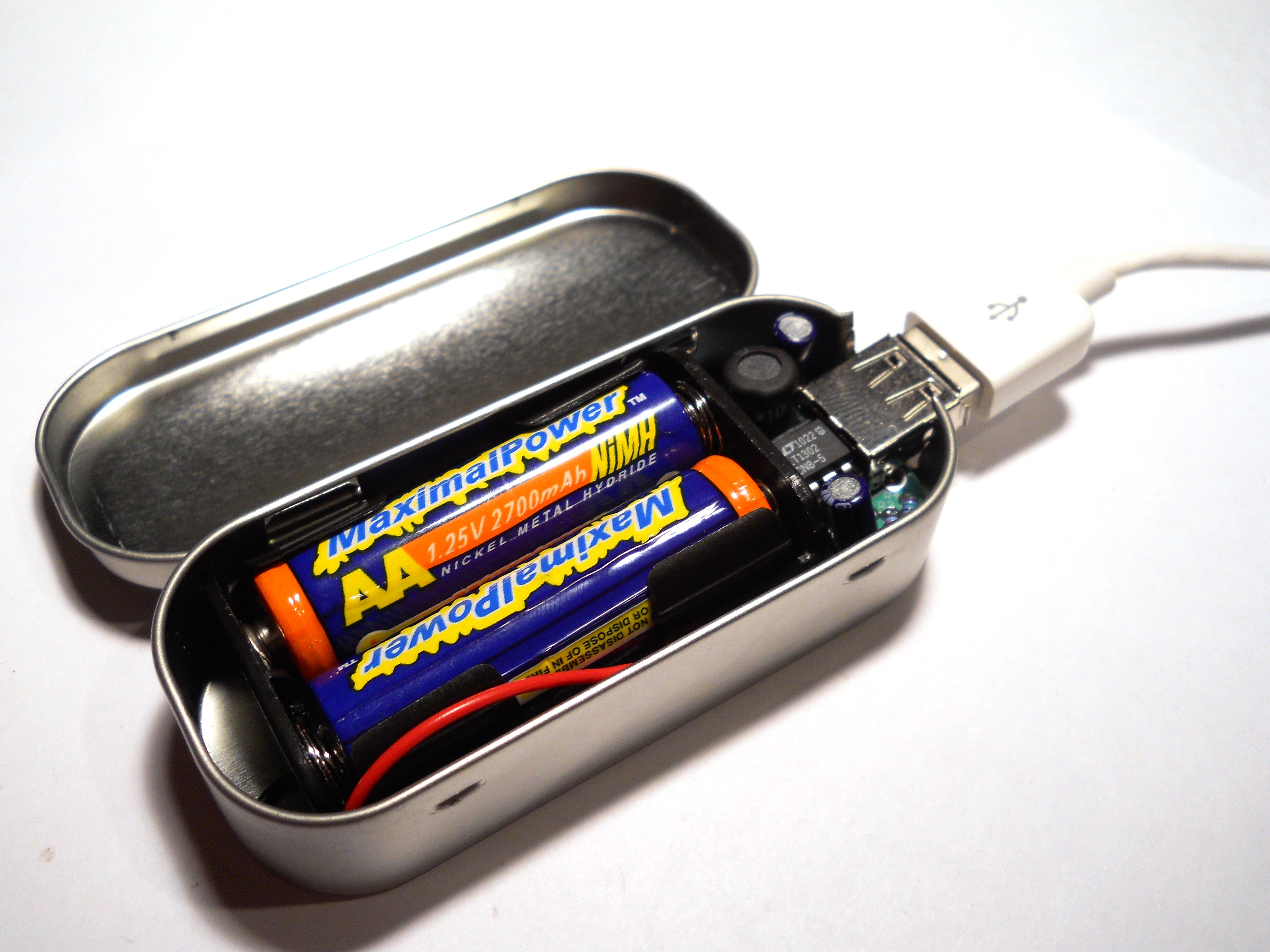Safely and effectively charge your USB-powered devices when you are away from your computer with this handy charger!
Please note: There have been reports that the Minty Boost has issues charging the iPhone 3GS.
Charge your USB devices on the go with this cute and compact charger!
